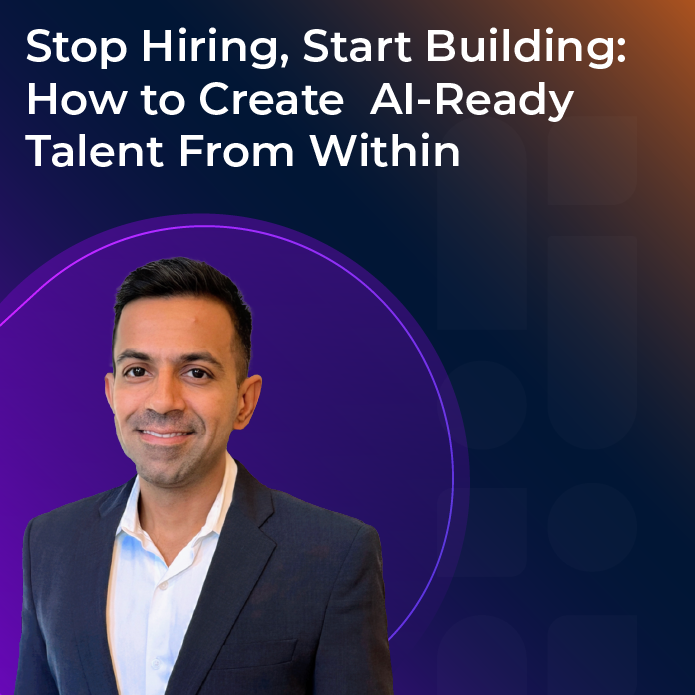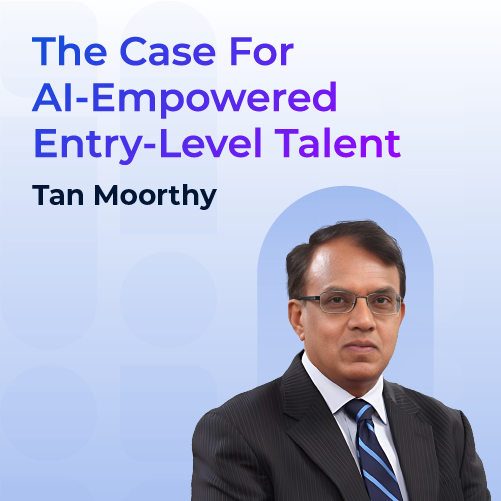Insights

Blog

In the year since ChatGPT first took the world by storm, just about every industry has been working to garner value from generative AI, the healthcare industry included. According to McKinsey, generative AI has a whopping $1 trillion of improvement potential in the world of healthcare. On the one hand, healthcare is rich in unstructured data—from diagnostic images to medical charts—that generative AI models are adept at ingesting and analyzing. But generative AI could also assist on the backend, by helping streamline time-intensive administrative tasks and process important data.
Despite the tremendous promise of generative AI, the current reality is that the technology represents little more than unrealized potential for most organizations. According to recent research from the Boston Consulting Group, two-thirds of organizations are struggling to adopt generative AI due to a shortage of skilled personnel and a lack of a coherent roadmap.
To overcome these hurdles, healthcare organizations need to create a learning framework for their workforce around generative AI. Recent academic research explicitly noted the need for leaders to “clarify the practical path towards implementation” of the technology. A learning framework represents the first step of such an endeavor. There are five components to a successful learning framework for generative AI; let’s take a look at each of them.
- Tailor your approach
The first thing that’s important to understand is that generative AI is not one size fits all. Your learning framework must be tailored to your organization’s technical stack (current apps, models, and APIs) and maturity (including the quality and accuracy of your data). AI platforms require high-performance computing, machine learning models, and—especially in the healthcare space—proper security. Building a learning framework focused on use cases isn’t reasonable if your organization doesn’t have the fundamentals down. Don’t rush the process.
- Choose a qualified cohort
The whole point of a learning framework is to take existing talent at your organization and upskill them to be AI-ready. Once you’ve sketched out a learning framework that is appropriate for your organization’s maturity level, it’s time to select a cohort to train. The best approach is to outline the foundational skills required of the training program, but to let employees volunteer to be part of it. Change management is critical when training the cohort. In our experience, offering one to two hours of synchronous and asynchronous learning is the best way to ensure that employees can maintain productivity while enrolled in upskilling programs.
- Think organizationally
The most effective learning frameworks think organizationally, as opposed to offering training programs that are siloed by business functions. In one recent example, a training cohort of 40 participants spanned business functions ranging from claims processing to marketing operations. Having a wide range of participants is crucial to identifying all tasks that might benefit from the integration of generative AI across the entire organization.
- Be hands-on
Being trained to build and work with generative AI is far different from being trained on other tools. For one, it’s much more collaborative, as the employee is working in a feedback loop with the model in question. The learning framework must reflect the intricacies of the technology. Training needs to be far more hands-on and experiential than what is currently offered by traditional learning management systems. It is imperative that organizations include prototypes and use cases while addressing specific challenges that teams could face.
- Choose an experienced partner
Because generative AI is an emerging and rapidly evolving technology, it can be extremely useful to bring in an experienced training partner that can help create and implement the right learning framework for your organization. The right partner will have both technical and teaching experience that can assist with everything from tailoring the curriculum to choosing the right cohort and overseeing change management.
The Bottom Line
If you’re not starting to train employees on generative AI, your organization runs the risk of falling behind. Without the right talent, healthcare organizations cannot garner true value from emerging tech. According to Gartner, 80 percent of enterprises will be using gen AI by 2026. Of the companies investing heavily in generative AI, about 20 percent have already trained more than a quarter of their people.
These figures shouldn’t scare you, but they should motivate you. Creating a learning framework is the best first step to benefiting from this promising technology, as it addresses the skills shortage while providing a roadmap for implementation. Healthcare organizations that invest in upskilling today will be well-positioned to use generative AI to save time and money while improving patient care tomorrow
The author, Gaurav Gautam, is Global Head of Technology, Media & Telecomm, at Revature.
.webp)
.webp)
Empowering the Tech Workforce: Revature’s Strategic Partnership with the Salesforce Trailblazer Workforce Partner Program
Explore the full story
Empowering the Tech Workforce: Revature’s Strategic Partnership with the Salesforce Trailblazer Workforce Partner Program
Explore the full story







.webp)